#and prehistory
Text

Homo Sapiens boy together again with his Neanderthal girl on the first warm day of Spring
#art#neanderthals#paleoart#prehistory#love#likes and reblogs are super appreciated!! i worked so hard on this#look out for the print!!
13K notes
·
View notes
Text
i love when animals just really really fuck up scientific data by just doing natural behaviours. the only remains we have of gigantopithecus (absolutely giant prehistoric hominid that went extinct somewhere around 300 tya) are teeth and a couple mandibles. because porcupines ate ALL of the skeletons
5K notes
·
View notes
Text

field reporter
20K notes
·
View notes
Text
The most common mistake people make when thinking about prehistory and how to avoid it.
In "The Dawn of Everything, A New History for Humanity" David Graeber gives what I think might be the best piece of advice I've ever heard for understanding deep human history, and that is to get your mind out of the Garden of Eden.
People speculating about prehistory before modern archeology were quick to frame early humanity as existing in a "state of nature", either with pure innocent tribal communism, or being brutish barbarous cavemen, then something happened to bring us from the state of nature into "society". Did we make a Faustian bargain by domesticating plants and animals? Why is evidence of intergroup violence in prehistory so rare? How did we fall from the innocent state of nature? This, of course, smacks of the biblical creation story, so even if people don't believe it literally, they seem to have a hard time letting go of it spiritually even in a secular context.
This is pretty much nonsense, of course. Humans have existed for over 2 million years. Anatomically modern humans have existed for at least 300 thousand years. Behaviourally modern humans (with symbolism, art, long distance trade, political awareness) have existed for at least 50 thousand years, from our best evidence, but possibly a lot longer. The time between the Sumerians inventing writing and urban living 5,000 years ago and now is only a narrow slice of human history.
If we want to understand human history properly, we shouldn't understand people of the past as fundamentally different from us. They were intelligent, politically aware people doing their best in the world they found themselves in, just like we are today. We didn't fall from innocence with the development of behavioral modernity, religion, farming, war, money, capitalism, computers, or anything else. The world has changed a lot, but people have been experimenting with different ways to live for as long as there have been people, like this example I've posted before about disabled people's role in late pleistocene Eurasian society.
People have been the same as we are now for at least the last 50 thousand years. We have lived in countless different ways and will continue to experiment. There was no fall, and we don't live at the end of history.
4K notes
·
View notes
Video
Prehistoric Planet finally gives us the True Rival to the Tyrant Lizard King and it's NOT a Dinosaur.
#prehistoric planet#prehistoric planet 2#t-rex#tyrannosaurus rex#quetzalcoatlus#quetzalcoatl#prehistoric planet season 2#prehistoric#prehistory#feathered dinosaurs#dinosaurs#t rex#tyrannosaurus#pterosaur#pterosaurs#walking with dinosaurs#wwd#jurassic park#jurassic world#jurassic world dominion#azdarchid#Alamosaurus#nature#animals
13K notes
·
View notes
Text
Just a reminder that while prehistoric fish are cool, there are plenty of neat babies still around!





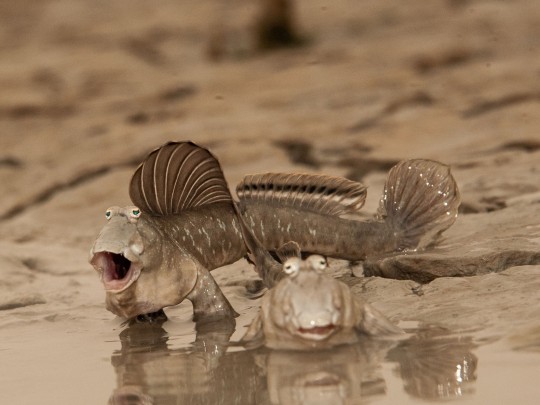
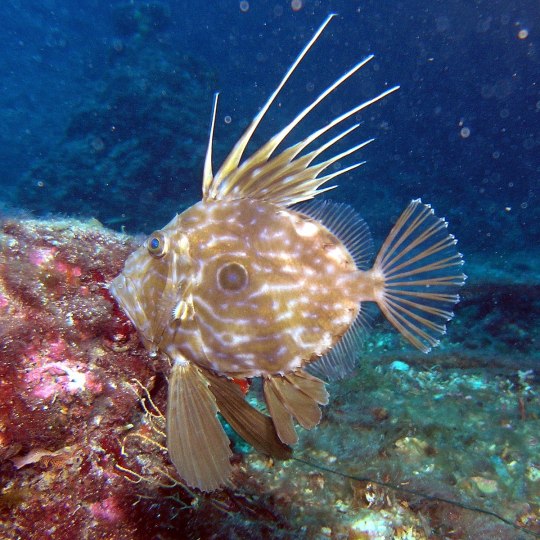



5K notes
·
View notes
Text

The Utroba Cave, in Bulgaria, is a natural horizontal fissure in a rock that has been further cut and shaped by human hands more than 3000 years ago to resemble a womb. At midday, light seeps into the cave through an opening in the ceiling, projecting an image of a phallus on to the floor
More: https://thetravelbible.com/top-artifacts-from-the-stone-age/
3K notes
·
View notes
Text
In the 1980s in France, musicologists and archaeologists Iégor Reznikoff and Michel Dauvois used their voices to explore caves with notable Paleolithic wall paintings. By singing simple notes and whistling, they mapped their perceptions of the caves’ acoustics.
They found that paintings were often located in places that were particularly resonant. Animal paintings were common in resonant chambers and in places along the walls that produced strong reverberation.
As they crawled through narrow tunnels, they discovered painted red dots exactly located in the most resonant places. The entrances to these tunnels were also marked with paintings. Resonant recesses in walls were especially heavily ornamented.
In a 2017 study, a dozen acousticians, archaeologists, and musicians measured the sonic qualities of cave interiors in northern Spain. The team, led by acoustic scientist Bruno Fazenda, used speakers, computers, and microphone arrays to measure the behavior of precisely calibrated tones within the cave.
The caves they studied contain wall art spanning much of the Paleolithic, dating from about forty thousand years to fifteen thousand years ago. The art includes handprints, abstract points and lines, and a bestiary of Paleolithic animals including birds, fish, horses, bovids, reindeer, bear, ibex, cetaceans, and humanlike figures.
From hundreds of standardized measurements, the team found that painted red dots and lines, the oldest wall markings, are associated with parts of the cave where low frequencies resonate and sonic clarity is high due to modest reverberation.
These would have been excellent places for speech and more complex forms of music, not muddied by excessive reverberation. Animal paintings and handprints were also likely to be in places where clarity is high and overall reverberation is low but with a good low-frequency response.
These are the qualities that we seek now in modern performance spaces.
Sounds Wild and Broken, David George Haskell
11K notes
·
View notes
Text
Spinosaurus full combo attack animation by Jean Nguyen!
44K notes
·
View notes
Text
I Love Prehistoric Ecosystems So Much
yeah individual taxa are cool and everything but no species is an island. What did it live with? What did it eat, what ate it? Did it have "friends" (term used loosely)? What was the environment like, where did they get water, what was the climate?
Tell me the whole story
Tell me how they lived
6K notes
·
View notes
Text



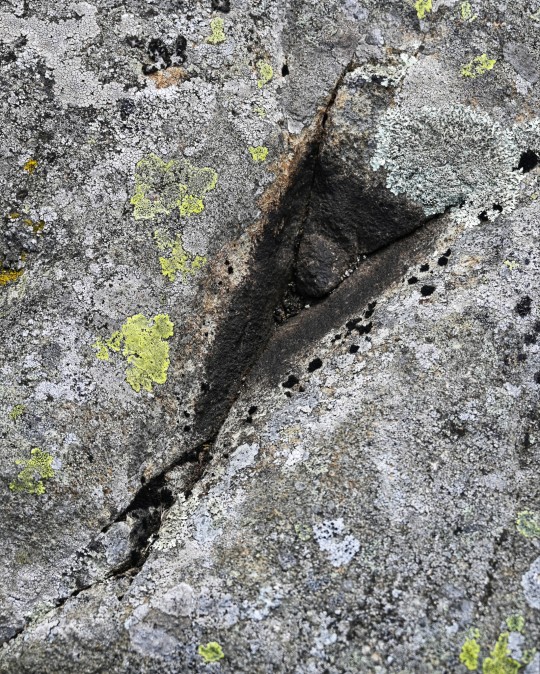
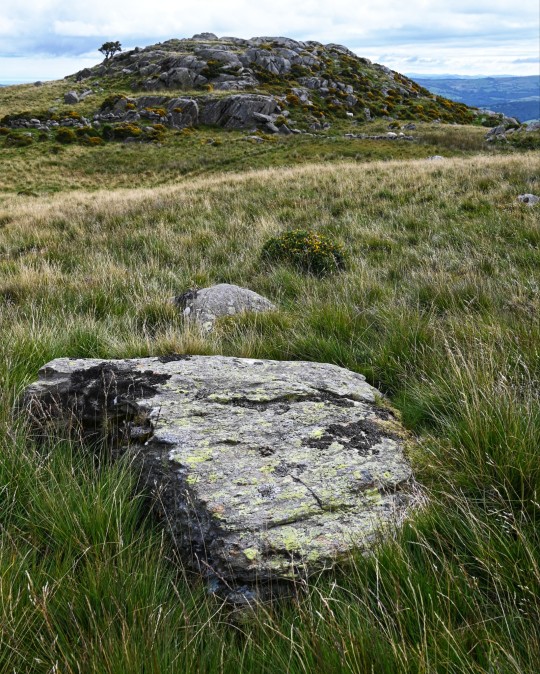
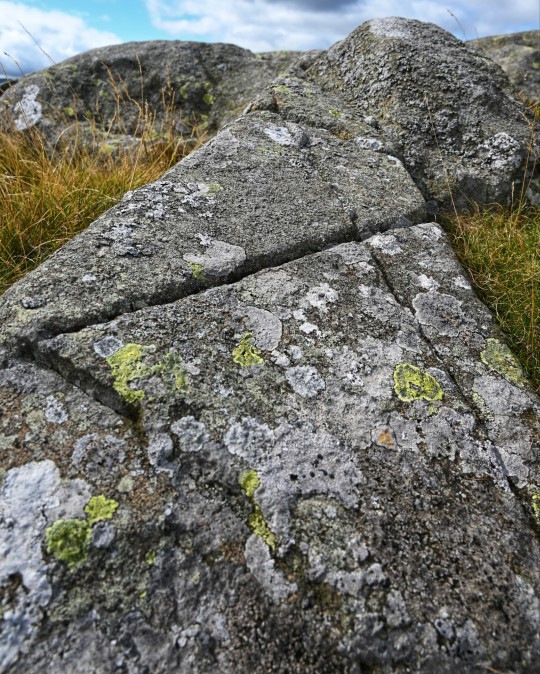

Craig Celynin Ancient Landscape, nr. Rowen, Conwy Valley, Wales
#ice age#stone age#bronze age#copper age#iron age#neolithic#mesolithic#calcholithic#paleolithic#prehistoric#prehistory#landscape#wales#archaeology#geology
4K notes
·
View notes
Text

VERGE OF THE WIDER SEA -
My Paleolithic character Nisse at the edge of the western ocean.
[old art]
#paleoblr#paleolithic oc#paleoart#gravettian#aurignaican#My art#stone age#landscape#Prehistoric oc#prehistoric europe#art#artwork#digital art#prehistory#original character art#original character#nisse
3K notes
·
View notes
Text
prehistoric tarot - the emperor / the empress
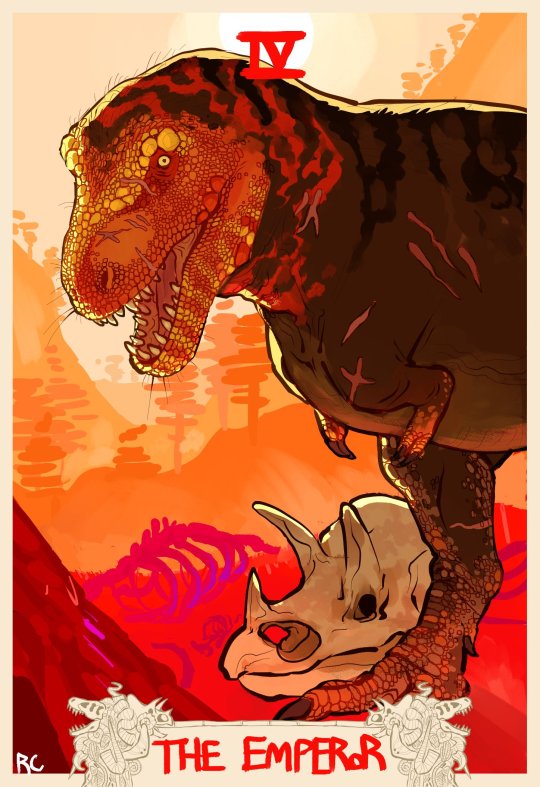

#tarot deck#prehistory#dinosaurs#paleoart#paleontology#tyrannosaurus#triceratops#t rex#rorys art#hall of fame
11K notes
·
View notes
Text
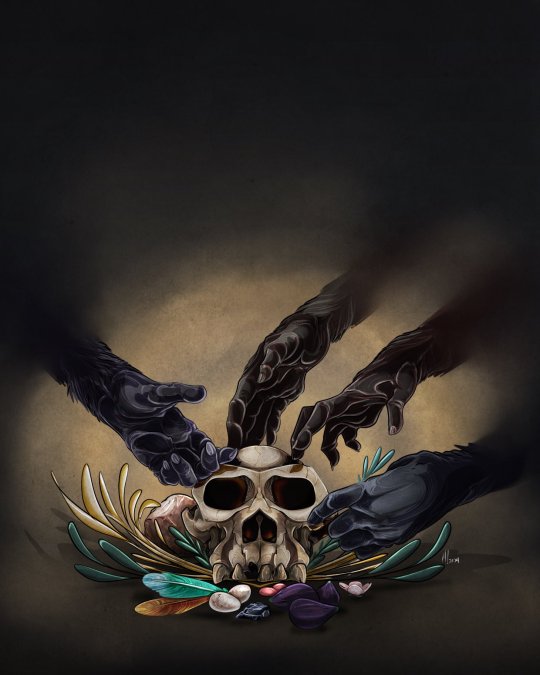
First Funeral.
#Early hominid#Prehistoric hominid#Skull#Funeral#Offerings#Feathers#Bones#Stone tools#Fruit#Plants#Prehistory
1K notes
·
View notes
Text
There is a growing body of physiological, anatomical, ethnographic, and archaeological evidence to suggest that not only did women hunt in our evolutionary past, but they may well have been better suited for such an endurance-dependent activity.
We are both biological anthropologists. I (co-author Cara) specialize in the physiology of humans who live in extreme conditions, using my research to reconstruct how our ancestors may have adapted to different climates. And I (co-author Sarah) study Neanderthal and early modern human health. I also excavate at their archaeological sites.
It’s not uncommon for scientists like us—who attempt to include the contributions of all individuals, regardless of sex and gender, in reconstructions of our evolutionary past—to be accused of rewriting the past to fulfill a politically correct, woke agenda. The actual evidence speaks for itself, though: Gendered labor roles did not exist in the Paleolithic era, which lasted from 3.3 million years ago until 12,000 years ago. The story is written in human bodies, now and in the past.
[...]
Our Neanderthal cousins, a group of humans who lived across Western and Central Eurasia approximately 250,000 to 40,000 years ago, formed small, highly nomadic bands. Fossil evidence shows females and males experienced the same bony traumas across their bodies—a signature of a hard life hunting deer, aurochs, and woolly mammoths. Tooth wear that results from using the front teeth as a third hand, likely in tasks like tanning hides, is equally evident across females and males.
This nongendered picture should not be surprising when you imagine small-group living. Everyone needs to contribute to the tasks necessary for group survival—chiefly, producing food and shelter, and raising children. Individual mothers are not solely responsible for their children; in forager communities, the whole group contributes to child care.
You might imagine this unified labor strategy then changed in early modern humans, but archaeological and anatomical evidence shows it did not. Upper Paleolithic modern humans leaving Africa and entering Europe and Asia show very few sexed differences in trauma and repetitive motion wear. One difference is more evidence of “thrower’s elbow” in males than females, though some females shared these pathologies.
And this was also the time when people were innovating with hunting technologies like atlatls (spear throwers), fishing hooks and nets, and bow and arrows—alleviating some of the wear and tear hunting would take on their bodies. A recent archaeological experiment found that using atlatls decreased sex differences in the speed of spears thrown by contemporary men and women.
Even in death, there are no sexed differences in how Neanderthals or modern humans buried their dead or the goods affiliated with their graves. These indicators of differential gendered social status do not arrive until agriculture, with its stratified economic system and monopolizable resources.
All this evidence suggests Paleolithic women and men did not occupy differing roles or social realms.
1K notes
·
View notes
Video
Creature of the Night:
“Feathered Dinosaurs aren’t scary,” is false, it’s about how it is presented and nothing is more terrifying than a bitter truth.
by Jayson Duria/WobblyWorks
#dinosaur#dinosaurs#feathered dinosaurs#raptor#dromaeosaur#dromaeosaurid#prehistoric#prehistory#paleobiology#paleontology#paleoblr#deinonychus#utahraptor#dakotaraptor#animation#video#jurassic park#jurassic world#65 movie#bird#animals#nature#prehistoric planet
35K notes
·
View notes